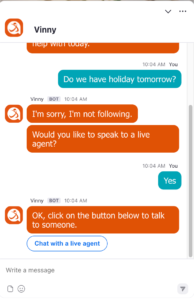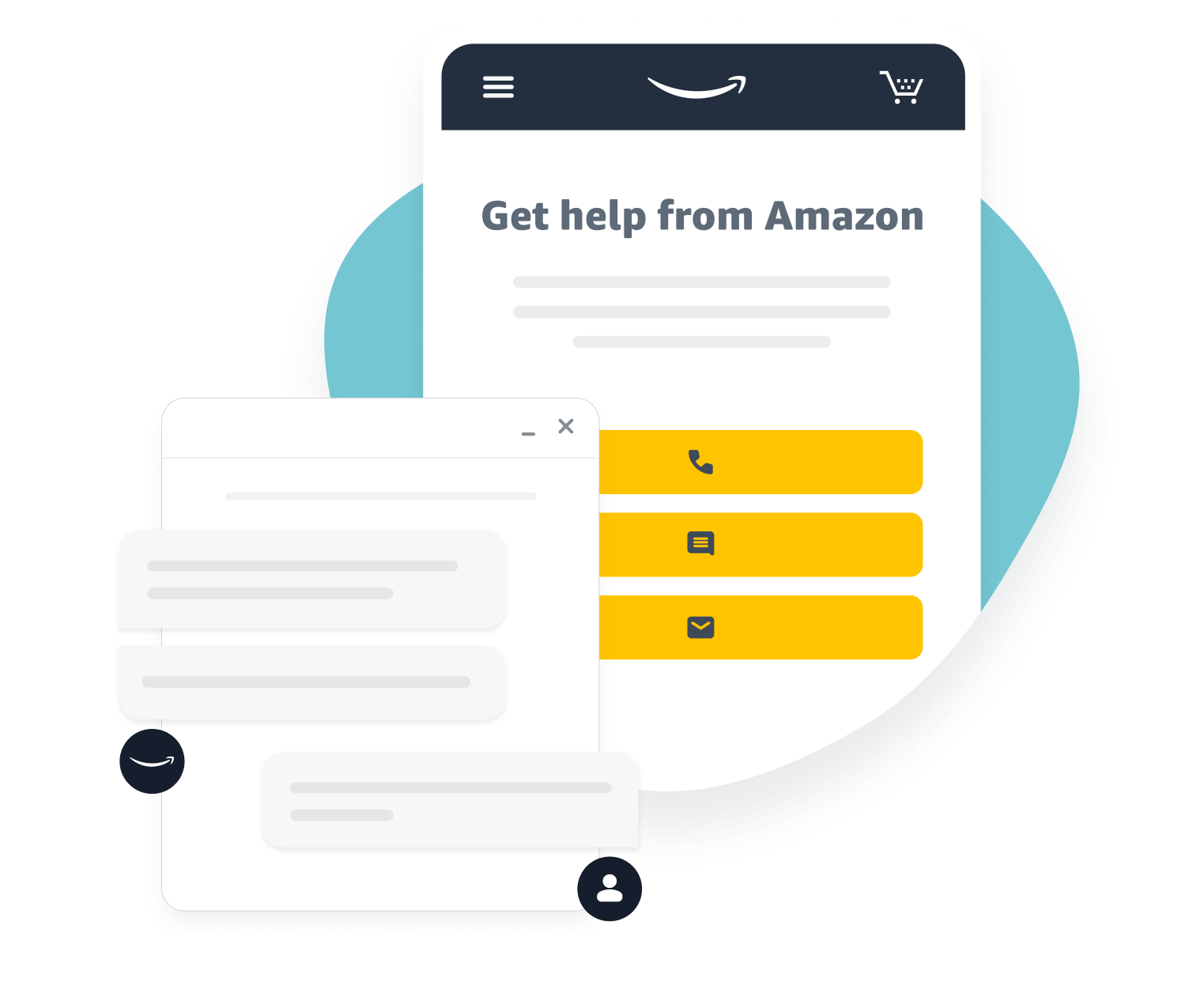Chatbots need to sound less…boty
On what should have been an everyday transaction—the ability to take payment from a customer—there was a snag in the process. The issue may have been my bank, or the third payment processor we used to issue the invoice—Quickbooks—but the channel I started with was the latter. It was around 8:00am in the morning when I first logged in to explore what the issue was, and clicked on the assistant help button for, well, help.
Default today for chatbots of various kinds is to first present a written information to solve a customer’s problem. The rush to deploy chatbots was considered just one reason why customer service has gotten worse, per a recent analysis by Forrester of 98,363 consumers’ perceptions of 223 brands across 13 sectors
“There should have been more testing, more experimenting and design work before putting some of these efforts in front of consumers,” Pete Jacques, Principal Analyst, Forrester
There are, of course, many advantages to automated customer engagement. The knowledge management library, for example, can be very helpful. Generally though the last thing a frustrated customer who can’t find a solution to their problem is to further search for more information that may, or may not be a dead-end. The value of chatbots—24/7 support, the ability to capture information for latter responses by human representatives, or, information that is, in fact, helpful—is understood by the public at large. In fact, recent research from Tidio shows that the majority (62%) prefered using a chatbot rather than (38%) wait for a human and—on the side of chabots—75% of customers said they were satisfied with their interaction with chatbots.
I generally fall on the side of the 25%—especially if there’s no way to immediately elevate to a human to address the problem at hand. At Teleperson, we believe that the very basic threshold for customer service today should be about choice. When chatbots provide the value customers need, then awesome! They have an inherent value in the customer service journey, and of course they’re getting smarter, more intuitive, and more “human”, at least from a Turing Test kind of way. The day is near when chatbots will sound and act like a humans and when the time to issue resolution will be immediate.
We’re not there yet. The chatbot Quickbook uses is helpful, sure (more helpful would be telling me when the hours of operation are—9am EST—rather than just say the help channels are closed (taken literarlly, this makes the chatbot seem an even less helpful choice).
In late 2023, HBR had a terrific article titled: “Creating Customer Service Bots That People Don’t Hate” The article points starts by quoting research that found that out of 35,000 customer service chatbot interactions, some 66% received a 1 of 5 satisfaction rating. The author’s own research found that customers assumed the use of chatbots were for cost-cutting and proir maximization at over customer experience (aligning with our argument that customer service evolved around the needs of companies, not customers). To improve the experience however, four suggestions were made:
- Get smarter with LLMS
- Combine direct customer benefits in the form of discounts, loyalty points, or preferential in-store treatment
- Deploy the bots for cases where it makes inherent sent to use a bot over human (though they qualify this with advice that companies should have a clear understanding of when bot>human and not just bot=human)
- Use conversatinal style to make the bot exchange seem, well, less robotic. Research on the use of chatbots in online shopping found that human-like characteristics, like showing empathy and social presence (both reliant on sounding human) have a positive influence on customers’ trust in chatbots.
So yes, chatbots operating 24/7 will increasingly equate to the human experience—but we’re not there yet. In the meantime, companies have plenty of options to provide that level of choice for their customers—from outsourcing solutions to call-back options. Many—the vast, vast majority of companies—don’t because they assume customers will wait for the “help channels” to be open or that an email in the company’s contact page suffices (often they do not). The level of urgency—and frustration—of course varies based on the industry, with sectors like healthcare, airlines, or anything luxury-related typically higher on the urgency side.
That said, shouldn’t all customer service—regardless of sector, size, or customer urgency—be designed around choice for the customer, putting them literally in front of ‘customer service’? Choice, transparency, and control should, we believe, be the foundation for all customer service interactions. Chatbots will increasingly have their place in all three and companies which know when to deploy, and how best to balance with actual people, will win in any market they play.
Chatbots Well Deployed
There are, of course, times when chatbots should be used. For example:
- Answering FAQs: Chatbots can be programmed to answer frequently asked questions, reducing the workload on human agents and providing instant answers to customers.
- Order tracking: Chatbots can help customers track their orders, provide shipping information, and update them on delivery status.
- Personalized recommendations: By analyzing customer data and preferences, chatbots can offer personalized product or service recommendations, improving customer engagement and sales.
- Booking and reservations: Chatbots can assist customers in booking flights, hotels, restaurants, or other services, streamlining the reservation process.
- Technical support: Chatbots can guide customers through basic troubleshooting steps, resolve simple technical issues, and escalate complex problems to human agents when necessary.
- Feedback collection: Chatbots can gather customer feedback, conduct surveys, and provide valuable insights to improve products and services. Though, to be sure, many companies deploy a single question to capture what could have been a more complex interaction (we’ll be deploying a TikTok-friendly version mixed with qualitative AI capture).
- Multilingual support: Chatbots can be programmed to support multiple languages, making customer service more accessible to a global audience.
- Human agent handover: When chatbots are unable to resolve a customer’s issue, they can seamlessly transfer the conversation to a human agent, ensuring a smooth customer experience. This is, arugably, among the best uses of chatbots on a site, deployed when the interaction is beyond the chatbots capability but which also quickly addresses the need for customers to speak with a live agent. On the employment site, Vensure’s chatbot “Vinny” enables users to quick elevate to a human repreesentative who can then address a more complex (or not captured by the AI) customer issue.
By leveraging chatbots in these ways, businesses can enhance customer service, reduce costs, and improve overall customer satisfaction. However, it’s crucial to strike a balance between automated assistance and human interaction to ensure that customers can access personalized support when needed.





